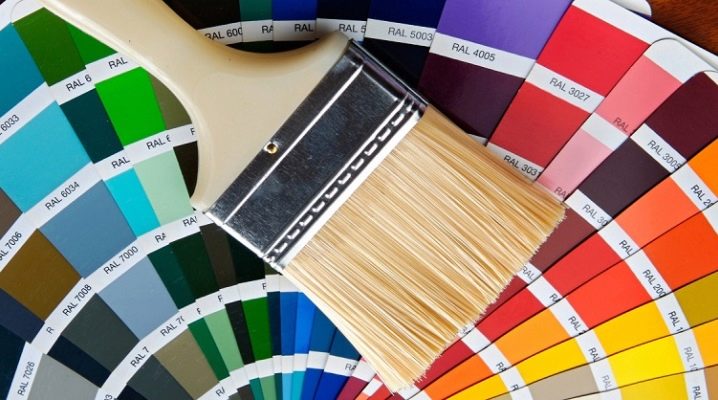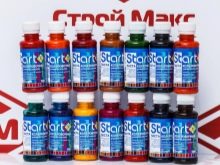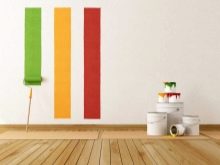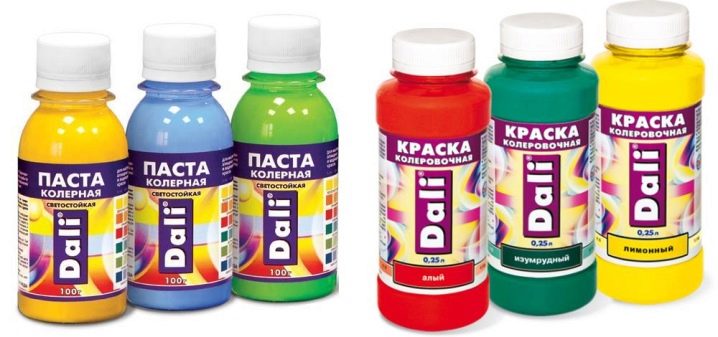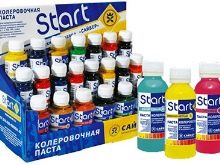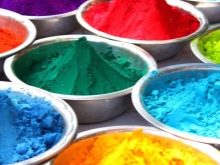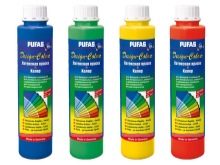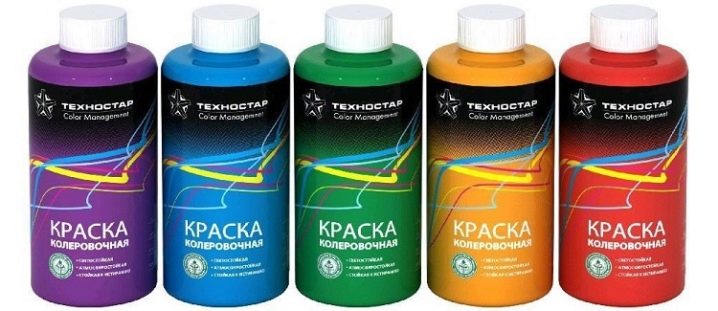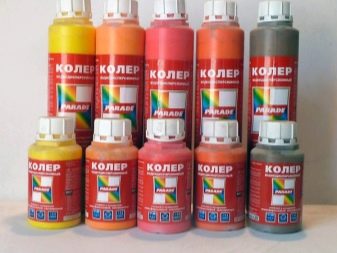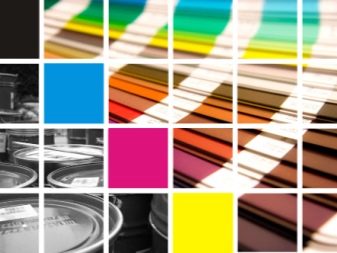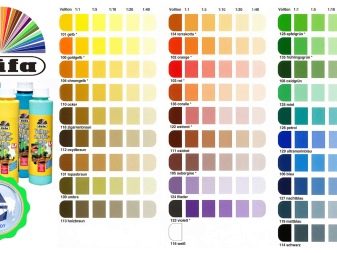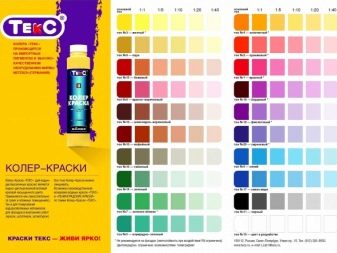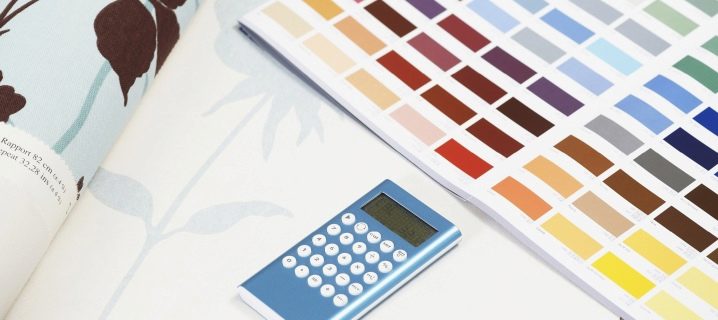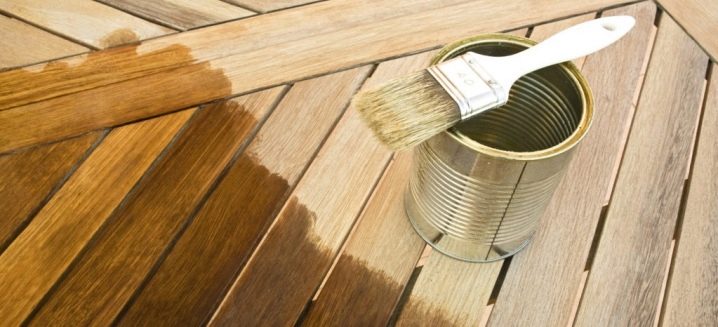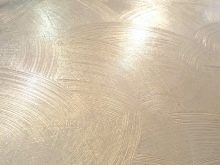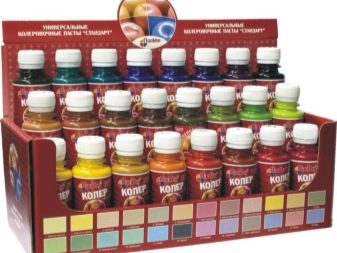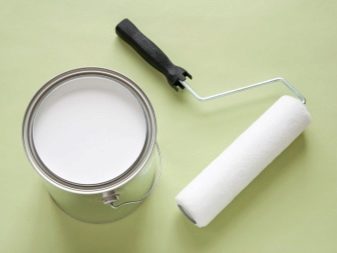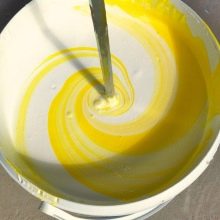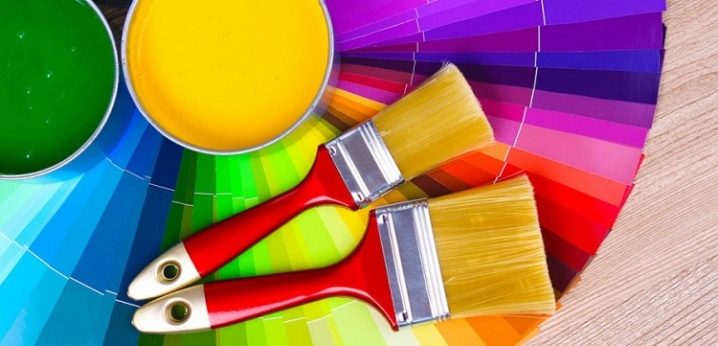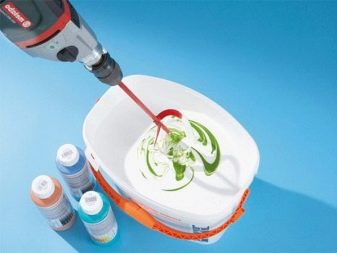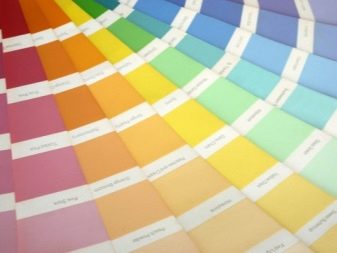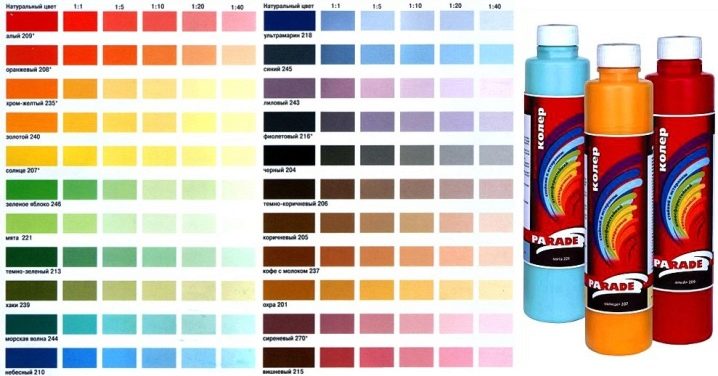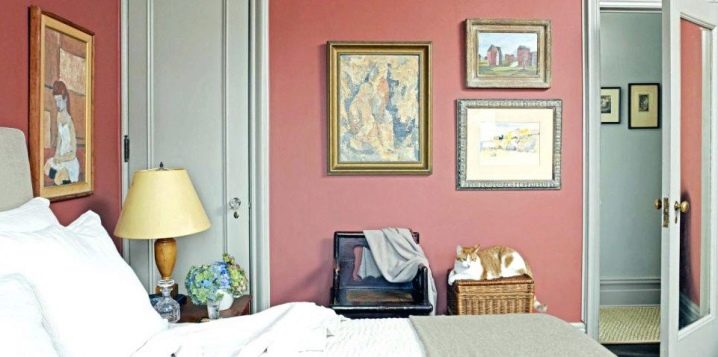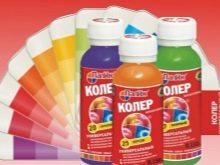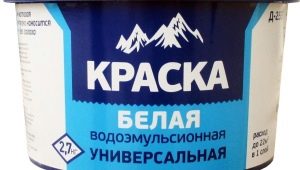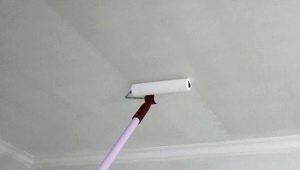How to choose a color scheme for water-based paint?
If you cannot find water-based paint of the desired color, but the quality of a particular manufacturer suits you, you can improve its palette by using color schemes. Consider the subtleties of selection of color schemes, find out what it is, we study the types, the palette of popular tones and consumption.
What it is?
Kohler is a concentrated pigment, which allows you to give an existing shade the desired shade. The term "tinting" literally means "color." Its main function is to create the necessary shades for painting concrete, brick and plastered bases. The existing tinting pastes can be used to paint any surface.
Those colors offered by paint manufacturers are not always able to satisfy your needs, therefore the choice of paint is rather complicated. Help in such a situation can color.If you need to paint any surface, you take white paint as a base. By adding a concentrated pigment, you can get any shade that you’d like.
Kinds
It is necessary to pay attention to what elements the color is made of, since it can contain organic and inorganic materials. With the help of natural pigments, you can make the color more vivid and rich. Before you start mixing, you can examine the tinting cards of each brand. This will allow you to choose the tone as close as possible to the desired one, taking into account compatibility with a specific type of paint.
Kolera can be classified according to their form of release. They are sold in powder, paste and ready-to-use paint. The most economical option is Kohler in powder form, which is mixed with water-based paint. The disadvantage of this form is the fact that when stirring it is problematic to get a homogeneous mass.
Most in demand color pasta. It allows you to get beautiful natural shades. Add paste to the paint should be gradually until you get the desired color.It is worth considering that when drying, the shade may change slightly.
Packaging colors are different: you can buy the product in special tubes, plastic bottles and vials. Store material, regardless of its type, in a dark place where direct sunlight will not fall. The temperature should be at room temperature. The material under consideration can be divided into 2 main groups: inorganic and organic colors.
The latter are characterized by a more saturated color. The disadvantage is the fact that this color quickly loses its brightness, if the coating is under the influence of direct sunlight. Inorganic Kohler produced in limited quantities. They have a rather dull color, but their color properties persist for an extended period of time.
Colors
The color palette of colors of each type is diverse. Each company has its own characteristics. Speaking of the powder version, it should be noted that there are only a few possible shades. Kohler in the form of a paste is characterized by a wide line of colors that will allow you to make any design idea a reality.Ready-to-use paints can be purchased in a variety of colors, but there are not so many that you can experiment.
By purchasing a specific color of the color in the form of a paste, you can vary its hue depending on the proportion. The palette of organic colors includes bright and saturated colors, but they fade relatively quickly in the sun. It is for this reason that they should not be used for outdoor work.. Pigments, which are based on inorganic components, are characterized by pastel colors, they are quite light-resistant.
To date, in the stores of materials for the construction you can buy pearly color or pigment having a metallic sheen. You can use this color for most modern paintwork materials. Today on the shelves of construction stores are kolera in a wide range. The most popular brands are Dyuf, Tex, Dyulax. Each of the presented manufacturers provides its own unique palette.
If you failed to find the desired shade,then it can be searched in the palette of a different brand or you can do your own mixing.
Popular shades today are:
- beige;
- pistachio;
- Ivory;
- silver;
- golden;
- golden with sparkles.
Consumption
The average consumption of 1 kg of color per 1 m2 depends on which paint is used. For example, for the emulsion variety will require no more than 20% of the volume of the basic white composition. When it comes to oil-based paint, no more than 1.5% is required here. In other situations, the amount of color should not exceed 7%. The consumption of this material depends on what color you want to achieve.
In any situation, adhere to the previously mentioned proportions. An excessively high content of concentrated pigment in the paint will reduce its quality.
How to pick up?
The modern construction market offers a fairly large range of colors, which are suitable for various types of coloring matter. Some manufacturers produce pigment compositions, characterized by versatility. These varieties can be used to give shade to paint, plaster or putty mixture.This versatility is especially appreciated in the construction industry.
A wide range of leads to the fact that the consumer is faced with the complexity of choice. To stop the choice on a particular color scheme is necessary based on what surface you plan to paint.
Consider the different types of colors and for which surfaces they are recommended to use:
- The liquid option is suitable for a variety of impregnations and primers. It can be added to varnishes, which are used for treating wood. It is used for different lumber.
- Concentrates with a liquid consistency, designed for emulsion and dispersion paints. Therefore, they are suitable for the basic base, which is made of water.
- Kohl in the form of a paste can be bought for alkyd and oil enamels. They can be involved in various mixtures for the implementation of whitewash.
- Universal materials can be used for different types of enamels.
- The composition of the color scheme, supplemented with nacre or metallic luster, is characterized by a different list that allows you to choose it for different paintwork materials.
Based on the purpose for which the color scheme will be acquired, with which paint it will be mixed, you can make the right choice.
How to breed?
The choice is made, so you can proceed to further work: we turn our white base into a certain shade with the help of pigment. The dosage must be accurate in order to color it qualitatively. It is required to prepare glass jars in advance. You can replace them with plastic boxes from under the food. Before mixing, containers should be thoroughly washed and dried. This is an extremely important point when it comes to tinting.
In the prepared container should fill the base (white paint). Be sure to write down its volume somewhere not to forget. This information is important for making the right proportion. You need to add color gradually. If it is liquid, then 2-3 drops will be enough.
Stir the paint thoroughly. If you plan to create a complex color that was not in the palette, then experiment by mixing 2-3 colors, but first the quantity should be small. Gradually add 2-3 drops until the desired color is obtained. The number of added drops must be recorded.
Often poor mixing of paint does not allow to achieve the desired result.It happens that in the process of painting in some areas lumps with a more saturated color are formed, because of which the surface is painted unevenly.
Be careful to mix the paint well before applying to the surface. Otherwise, you will have to repaint it.
When the desired color is obtained, paint a small area of the surface. Check the color you need in a day, when the paint is completely dry. If you are satisfied with the result, you can color the remaining paint in a similar proportion. In a situation where you are not satisfied with the resulting shade, you need to increase or decrease the amount of color scheme.
If you don't like the color at all, you can try another one. Without the proper experience it is quite difficult to find the right shade. On the wall the paint will be several tones lighter, which is important to consider when breeding.
To achieve the desired result, have patience and do not regret your time. After all, the color of the coating should be like, be aesthetically attractive.
Useful tips
Especially for you, we have selected a large list of tips that will help you with the selection, breeding and use of color schemes. Consider these recommendations, which may teach you new things.
- Surface mixing of the paint will not allow to obtain a uniform color. It is recommended to use a mixer or plaster nozzle for a drill that will provide thorough mixing. In this case, the drill must be set to a minimum so as not to splash paint.
- Preparation of paint is best done in the same container. In a situation when you have not used the concentrated pigment completely, its residues can be stored for about 5 years.
- To find the desired color, which can give you the desired shade, play with the saturation of each of them in your head.
- If you do not want to experiment with the saturation of colors, you can immediately begin to dilute large volumes, but if you make a mistake with a proportion, you will lose a sufficiently large amount of base paint, which will lead to unexpected costs.
- When buying a color scheme, calculate in advance how much will be needed for the total amount of paint used.
- In order not to be mistaken with the choice, be based on the manufacturer's catalog. This will allow you to see the finished shade.
- If you plan to create original shades, use existing paint color mixing tables.
- If you work with a certain color scheme for the first time, it is not recommended to knead a large quantity at once. It is necessary to do a test solution in a small container. It is best to use white dishes.
- If the prepared solution was left idle for a while, then it must be mixed again before staining.
- If a color more saturated than intended was obtained, then base white paint can be added to the solution.
- It is recommended to choose pigments in bottles with a narrow neck, so that it would be convenient for you to count drops.
- The cost of the finished colored paint will be higher than that sold in the form of powder or paste. Consider this point when choosing a type of pigment.
Buy a color scheme in a reputable store with a good reputation. This will avoid buying low-quality material, which can also affect the uniformity of the texture when combining paint with color schemes.
Pay attention to the paint itself: if its shade is initially yellowish, the color of the finished tone may not correspond to the desired one. Select carefully both components, because the quality of the finished coating directly depends on their quality.
When buying, pay attention to the expiration date: an expired product does not have the properties declared by the manufacturer. To breed it will be more difficult. This aspect is important both for paint and for color schemes. Look at the cost and the original packaging. If possible, scroll through reviews about the product: it will evaluate its performance characteristics and the complexity of tinting. If necessary, choose varieties that allow mixing for the selection of tones.
For how to tint water-based paint, see the following video.
